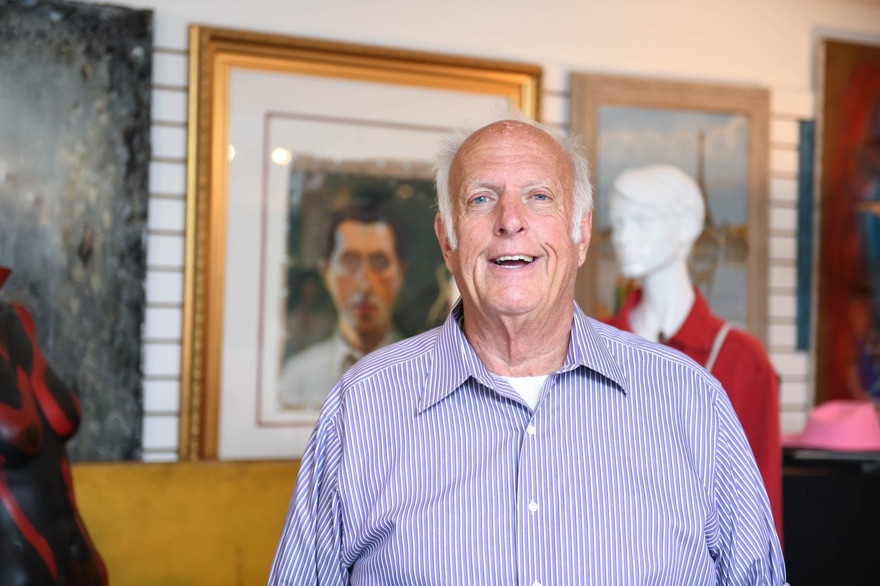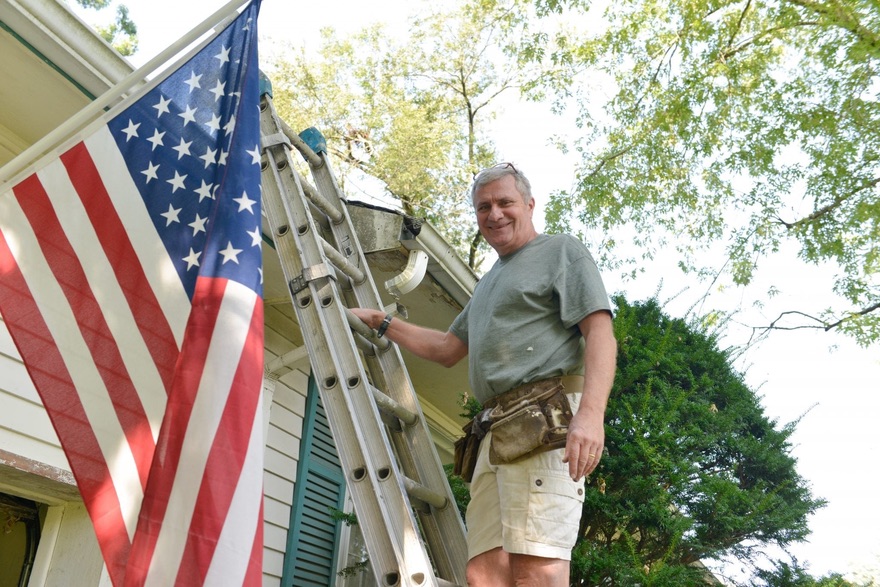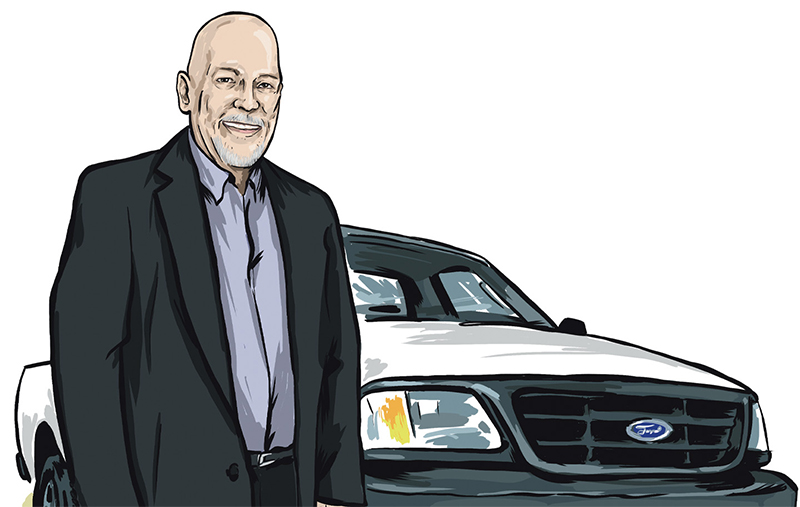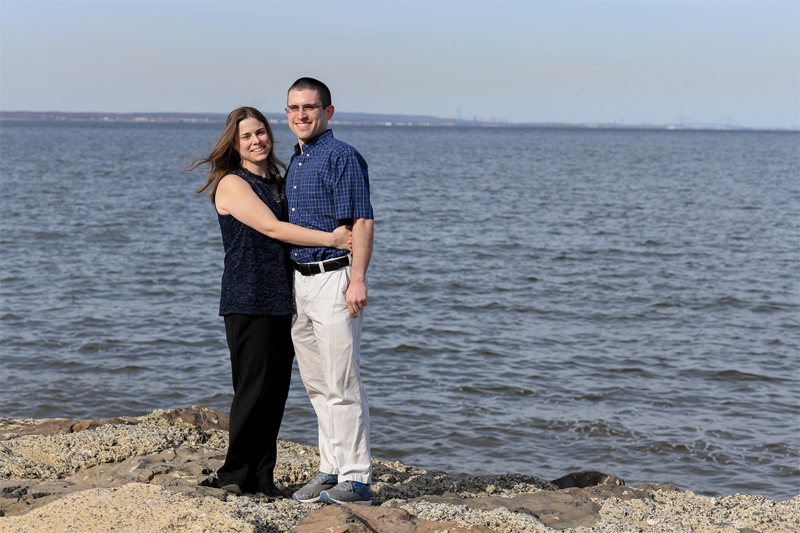A Lucky Fall

November 19, 2018
On December 14, Corbett McCarthy, a 69-year-old Sea Girt resident and avid art collector, was heading to the local gym for his daily workout. But this time, he didn’t make it. While approaching the gym, Corbett tripped on a curb and had a nasty fall. He was taken to a local hospital to have his injuries examined. Although Corbett quickly rebounded from the fall, the hospital visit may have saved his life by uncovering a previously unknown — and potentially deadly — medical problem.
A Lifesaving Find
Corbett had seven magnetic resonance imaging (MRI) scans to determine the extent of his injuries. A review of the images revealed something unexpected and unrelated to his fall: an aortic abdominal aneurysm (AAA), which is an enlarged area in the lower part of the aorta. Because the aorta is the body’s main supplier of blood, a ruptured AAA can cause life threatening bleeding.
After receiving multiple recommendations, Corbett made an appointment with Frank Sharp, M.D., of Jersey Coast Vascular Institute and Ocean Medical Center. Dr. Sharp ordered additional tests, including a computed tomography (CT) scan and ultrasounds to accurately determine the size of the aneurysm. It was 6.9 cm. During the exam, Dr. Sharp identified another aneurysm behind Corbett’s left knee. It was a popliteal aneurysm — a bulging and weakness in the wall of the popliteal artery. A popliteal aneurysm can burst and cause life-threatening, uncontrolled bleeding. The aneurysm may also cause a blood clot, potentially requiring a leg amputation. The popliteal aneurysm measured 3.5 cm. Both of Corbett’s aneurysms required surgery.
A Genetic Link
Dr. Sharp recommended repairing the AAA first, since it posed the greater threat to Corbett’s life. On March 13, Dr. Sharp repaired Corbett’s AAA using an endovascular procedure, which is the preferred method for repairing AAA. It is less invasive than open surgery because it requires only small incisions, improving recovery time. During endovascular surgery, long, thin tubes called catheters are placed inside a blood vessel to deliver the stent-graft device. The surgery went well, and two weeks later, Dr. Sharp repaired the popliteal aneurysm using a bypass procedure. Corbett’s mother died from a ruptured AAA — something Dr. Sharp does not believe was a coincidence.
“Research indicates that 20 percent of AAAs have genetic tendency,” he says. “I recommend that men over 50 and women over 60 be screened for AAA if they have a family history of AAA. It could save their lives.” Today, Corbett is running and working out again. “I feel like a million bucks, truly, better than I’ve felt in years. I owe it all to Dr. Sharp and the wonderful nurses at Ocean Medical Center. They are angels,” he says. Corbett is currently training for the Houston Marathon in January.
Innovative Care, Remarkable Results

For a Howell man, severe varicose veins are now a thing of the past. Twenty-one years ago, Doug Richardson underwent a procedure to remove severe varicose veins in both legs, only to watch in...

Just Like New After Cardiac Stents
In April 2017, Mike Fleming, 61, of Hazlet, New Jersey, was at the candle factory where he has worked for 15 years as an electrical and mechanical engineer when he felt a terrible pain on his left side.

Role Reversal
Phillip Castillo, RN, has a scar on the right side of his skull that curls like a question mark, a reminder of how little he used to understand about the plight of his patients in the stroke unit at JFK Medical Center.